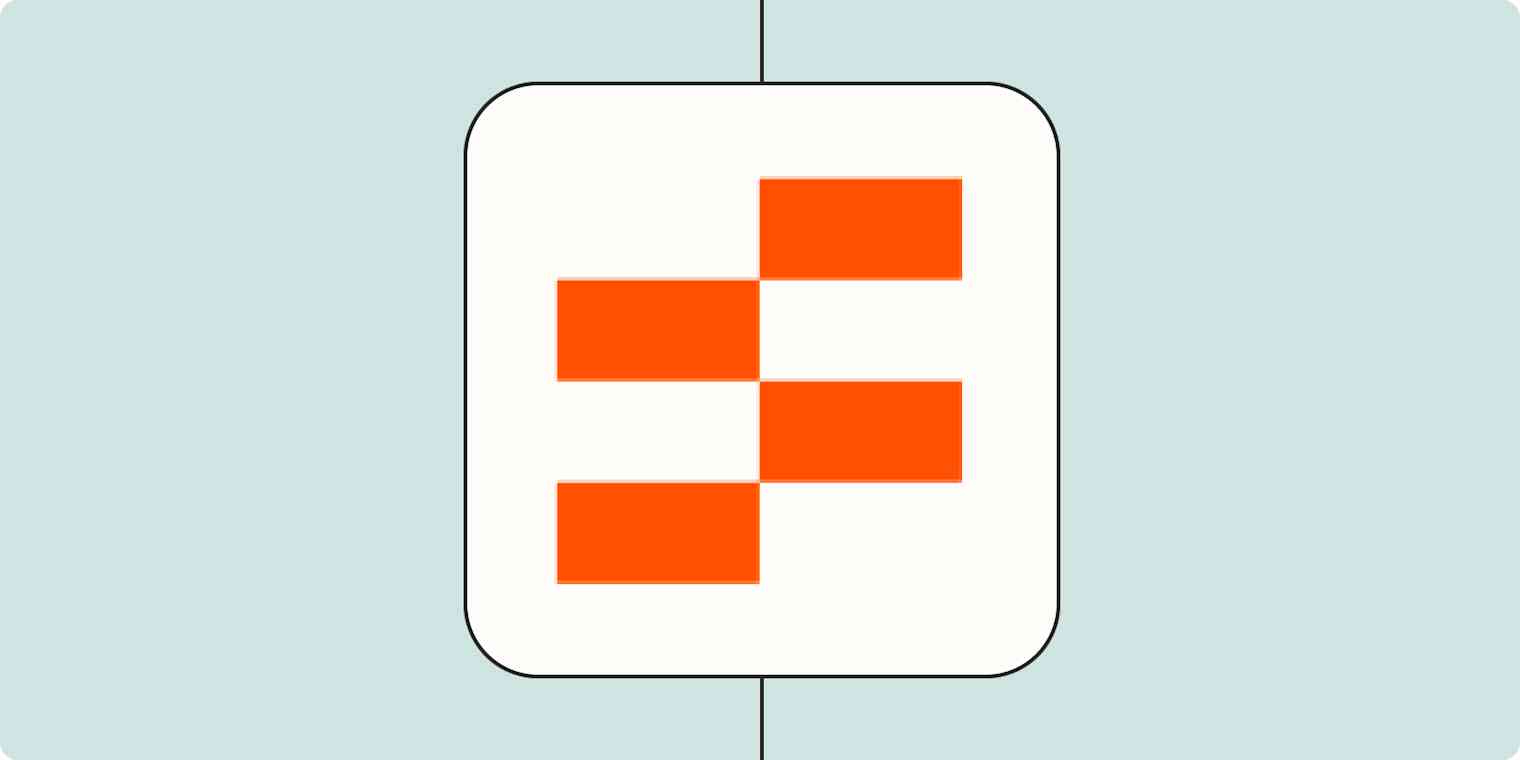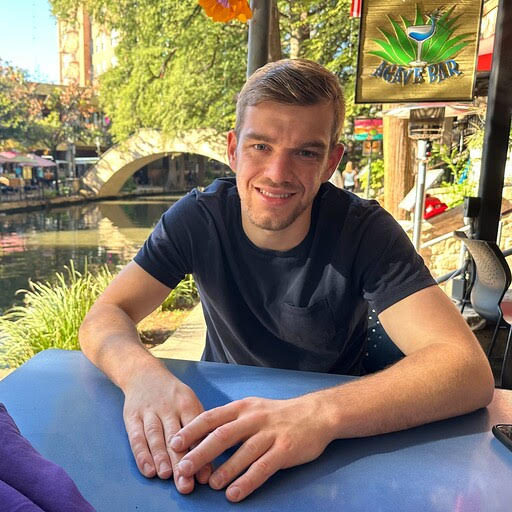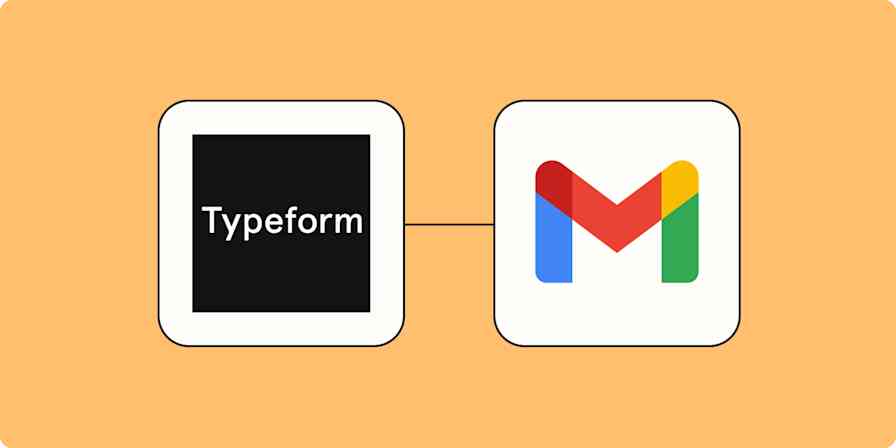This was a presentation at Zapier's AI Showcase in May 2024. You can read the transcript from the presentation below. Want to learn more about AI and Zapier? Watch the full AI Showcase, plus learn more about Zapier's AI products and features.
Hello, my name is Ryan Blackburn. I'm the Operations Manager at Results Grow, a marketing agency specializing in generating leads for home service businesses.
In our industry, a key challenge for businesses isn't just generating leads, it's taking those leads into the next stage, the home appointment. For these reasons, I decided to develop a chatbot for my clients who lack the resources to book leads into a home appointment. Let's dig in.
Here's a real world conversation with a lead who submitted their information for a roofing quote, utilizing our three path booking approach. Our initial message triggered when a lead submits the form on an ad, includes a brief introduction, more information about the company, and a question to start a conversation.
"Would you like to book a time for us to come out and assess your roofing needs?" The customer then replied, "Sounds good."
So, the next stage then sent the lead the booking link and instructed them to select an appointment time.
We found that delaying the link to the second message significantly improved the booking rate, making the conversation feel more natural. In this situation, the customer didn't book in right away, instead saying, "I only have $6,000 cash in hand."
This response executed the final step, which is configured to answer any remaining questions or encourage them to book in, if not already done.
So how does this all come together to work? Each path is dependent on two boolean fields in Zapier Tables. Zap data has been found and sent booking link. When the customer is sent to each path, a unique prompt in ChatGPT executes. In the customer has responded field, common questions and answers are provided as context. The booking link is included in each message to prompt the AI to implement it. Next, the AI's response is sent to our CRM, which then delivers the reply as an SMS to the customer.
Finally, the record status is updated in Zapier Tables to progress further down the funnel with subsequent responses.
It really is as simple as that. To date, we have implemented the chatbot into 92 client accounts. The bot that I showcase today is currently live and actively talking with leads for our roofing client in Florida.
In the first year the chatbot was live, it engaged in a conversation with 30% of all closed appointments for this client, which brought in more than $134,000 of revenue. While not flawless, it booked a substantial amount of appointments and helped a busy client effectively follow up with his leads.






